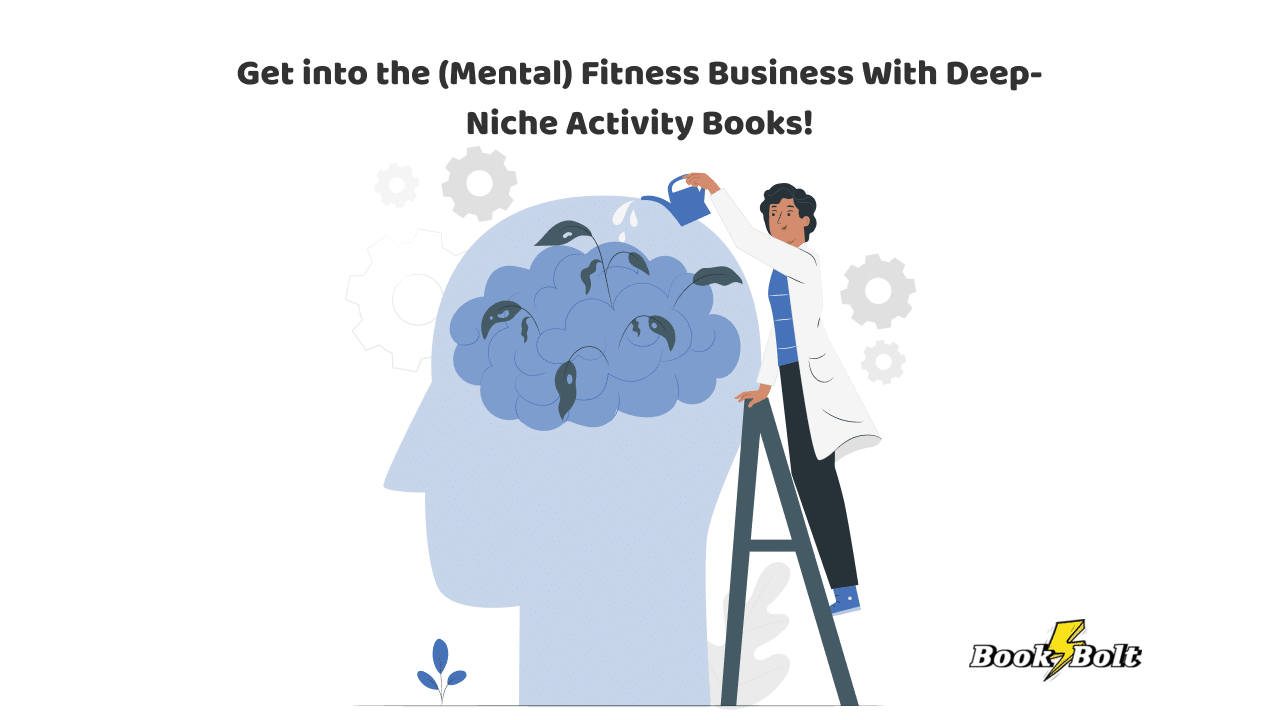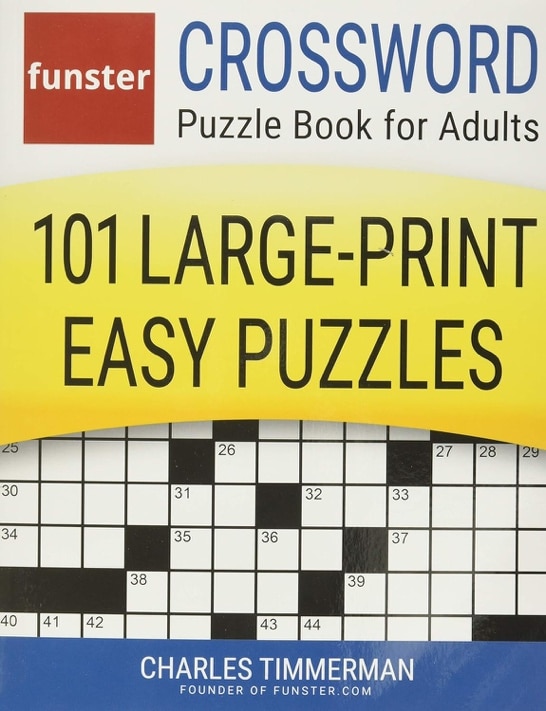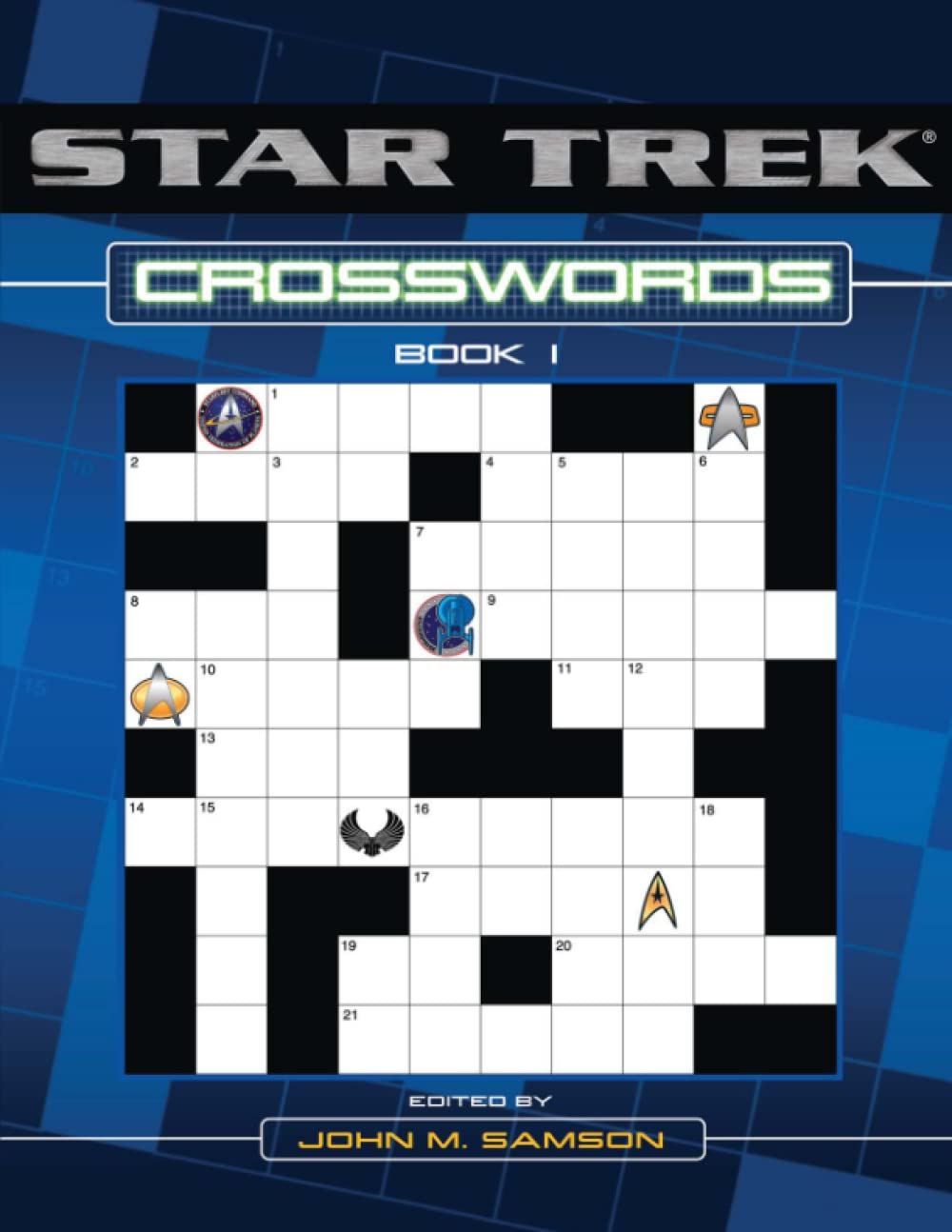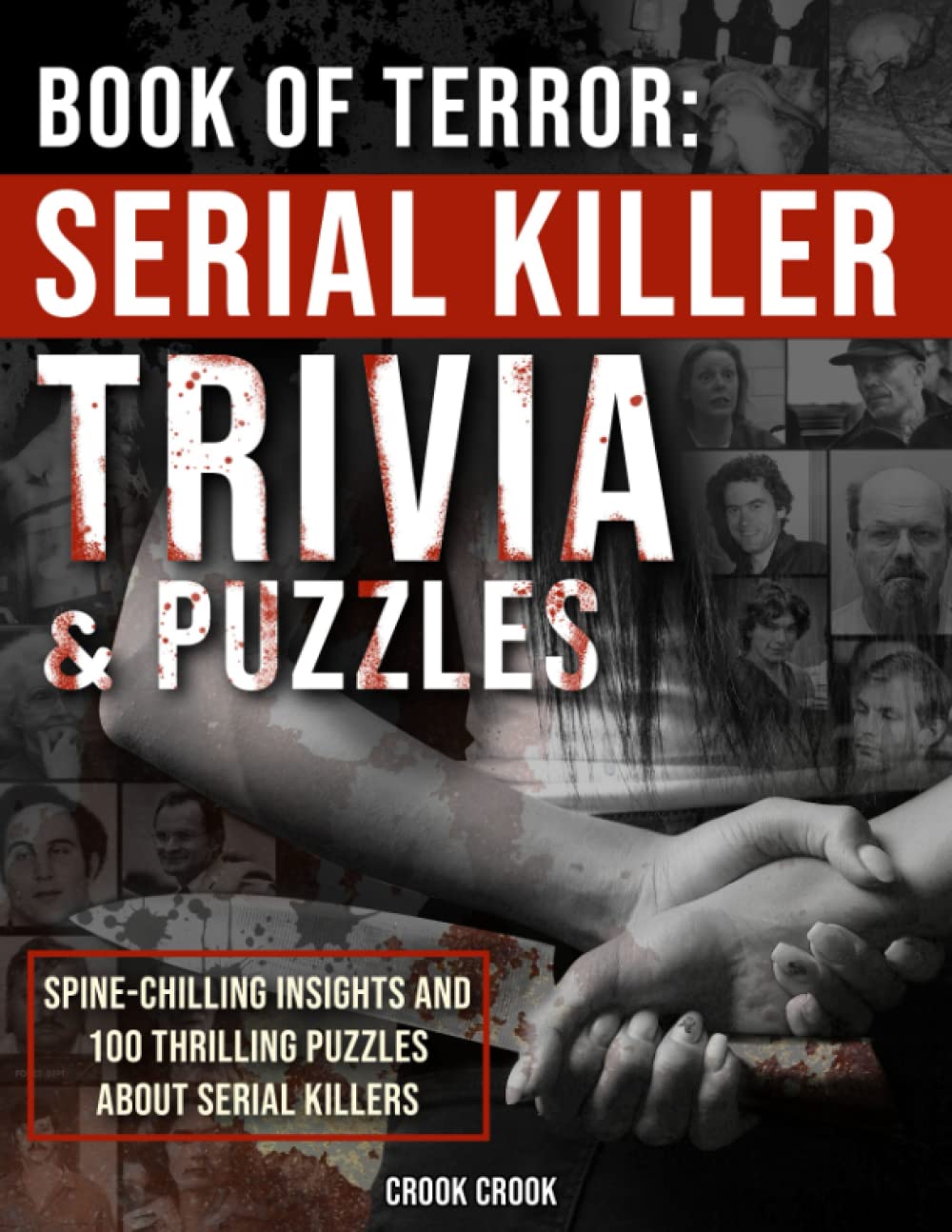
The thing about niches is that they can go pretty deep. If you’re a fan of any kind of pop culture, you’re either obsessed with a particular show, movie series, genre or know someone who is.
All of this knowledge, whether it’s sports or horror movies, is called “trivia”. And every devout fan carries around with them a plethora of facts, figures and events of a particular sport or genre.
The depth of this knowledge can be mined for your low-medium KDP business in the form of puzzle books.
GENERAL-INTEREST PUZZLE BOOKS ARE GENERALLY UNINTERESTING
While there are many puzzle books that focus on a specific type of puzzle (“101 Word Search Puzzles” “250 Brain Twisting Crosswords”), most of those books tend to cover a variety of subjects. A book of crossword puzzles will usually feature a different subject for each puzzle. One puzzle covers famous landmarks, the next one covers U.S. presidents, etc.
The challenge with this approach is, even though tools like BookBolt Studio makes the creation of these puzzles super-simple, just creating a book made up of lots of the same type of puzzle puts you in competition with hundreds, thousands of other general subject puzzle books.
There is little to differentiate one general puzzle book from another, and unless every single subject is listed on the cover, the reader doesn’t find out that they’re about to do a crossword puzzle for a subject they know nothing about until they get to that page.
And then that page is skipped.
Ask yourself, how many general-subject puzzle books have you tried out where you’ve completed each puzzle? Have you ever counted how many puzzles you’ve skipped because you don’t know/aren’t interested in the topic?
Each page skipped is a point taken away from the reader’s satisfaction. If it happens often, the reader doesn’t feel challenged as much as they feel shut out.
That defeats the purpose of a puzzle, which is to exercise the brain. If you owned a gym, and all the machines didn’t work, or had weights too heavy for the customer to lift, not only would they feel defeated, they’d cancel their membership altogether.
DON’T GIVE MORE WEIGHT THAN CAN BE LIFTED
The key to an effective puzzle book is to appeal to an enthusiast of a subject so they can test themselves on their knowledge of the subject. It should be within enough of a level of ease that the reader is encouraged to continue, but just difficult enough for them to feel their brain stretching. Continuing the gym metaphor, they should feel the exercise enough that they feel the pump and continue through increased resistance.
When a subject matter enthusiast approaches a puzzle about the subject, the confidence in their knowledge of the topic is their baseline exercise. It’s the weight they feel comfortable lifting, the speed they feel comfortable running. They gauge their weights and speed by the level of questions being asked.
The exercise is not solely limited to answering questions. As in the case with crossword puzzles, an answer that a reader passes on to move to another one can eventually start building with answers to the clues that cross it. How many times have you completely blanked on a crossword answer, only to have it fully formed in your head once you’ve started to see some of the letters fill in? That’s the mental equivalent of additional weight or a higher speed – it’s the stretch.
PUZZLE TYPES: CIRCUIT TRAINING OR MUSCLE GROUP ISOLATION?
Don’t skip leg day.
That’s if you prefer to focus intensely on specific muscle groups.
In the puzzle world, that would be the equivalent of selecting a particular type of puzzle for that particular subject.
Examples of this would be “200 Crossword Puzzles About 80s Hair Metal” of “150 Word Search Puzzles About Zombie Movies”. Very specific subgenres – not just all of 80s music, but the glam bands. Not just horror movies, but zombie movies. And all the puzzles are the same type of puzzle – but they get progressively harder throughout the book.
The repetition of the puzzles becomes a flow, and the reader moves through the puzzles, hopefully improving their skill along the way. By the time they have finished the book, they will feel much more knowledgeable about the topic than they did when they opened the cover. They’ve gained mass and strength – and once they’ve seen results, they’ll feel better about themselves and want more of what helped them get there.
Putting this almost-exhausted analogy to practical use, try this:
- Select a topic that you either know very well or know appeals to a very specific, passionate audience
- Select a puzzle type that relies on specific verbal subject matter knowledge, such as:
- Crossword
- Word Search
- Hangman
- Missing vowel
- Cryptogram
- Word Scramble
- Collect as much subject matter knowledge or “trivia” on the topic as you can.
- If it is a subject that is familiar to you, start with what you know
- Enhance the data with internet searches
- If you are unfamiliar with the subject, deep dive into it with internet searches and AI.
- Use BookBolt Studio to convert the data into enough puzzles to fill your target page count
The final use of our nearly-exhausted metaphor brings us to circuit training. A circuit-training session involves working several different muscle groups across multiple exercises. These exercises are just as intense as dedicated isolation sessions, but they work the whole body.
The puzzle book equivalent of this would be the Activity Book.
This is a book that includes most, if not all of the kind of pen-to-paper exercises you can create with BookBolt Studio:
- Sudoku
- Nurikabe
- Crossword
- Word Search
- Hangman
- Cryptogram
- Word Scramble
- Missing Vowel
- Mine Finder
- Maze
- Kakuro
- Connect the dots
A full Activity Book allows the reader to not only challenge their knowledge of a particular topic, but to stretch their brains in areas that they may not typically focus. Verbal facts and trivia work one part of the brain, number challenges work a different part, and spatial/image exercises such as mazes and connect-the-dots work another.
I certainly hope that the overuse of the exercise metaphor didn’t overstretch your patience (though we can all do with a bit of that in these times). However, when it comes to activity books, you are the personal trainer. Your methods and your understanding of the person you’re training will not only help them succeed in their goals, but keep them coming back for more sessions, therefore growing your training business.
How many of you have successfully developed puzzle/activity books that sell consistently? Do any of the methods described above seem sound? Are they any different from strategies you’re already employing? Even better, do you disagree or have another strategy that you’ve found successful? Share it below.



